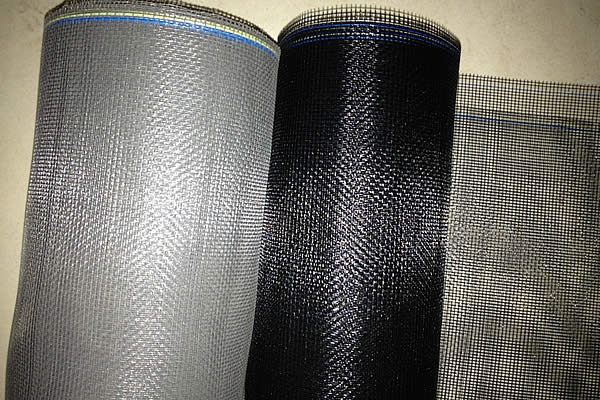 TEL:
+86-13102802206
TEL:
+86-13102802206
 Email:
fencenetting@china.com
Email:
fencenetting@china.com
 Language
Language
 TEL:
+86-13102802206
TEL:
+86-13102802206
 Email:
fencenetting@china.com
Email:
fencenetting@china.com
 Language
Language


Rock Cage Retaining Walls An Ingenious Solution for Slope Stabilization
In the field of civil engineering and landscaping, retaining walls play a vital role in managing soil erosion and stabilizing slopes. Among the various types available, the rock cage retaining wall, often referred to as gabion walls, stands out for its versatility, ease of construction, and ecological benefits.
A rock cage retaining wall is constructed using wire mesh cages filled with rocks or stones. This construction technique has roots in ancient practices, where stacked stones were used for erosion control. In modern applications, the wire mesh cages provide structural integrity and can be easily assembled on-site, offering significant advantages in terms of labor and time efficiency.
One of the primary functions of a rock cage retaining wall is to absorb and dissipate the energy of water runoff. During periods of heavy rainfall, the permeability of the loose stones allows water to flow through the wall, reducing hydrostatic pressure that typically leads to structural failure. This natural drainage system is crucial for the longevity and effectiveness of the retaining wall, making it an ideal choice for areas prone to heavy rain or flooding.

In addition to their functional benefits, rock cage retaining walls blend seamlessly with the environment. The natural stones used can be sourced locally, minimizing transportation costs and environmental impact. Over time, these walls can support plant growth, enhancing aesthetics and promoting biodiversity. Vegetation can help further stabilize the soil, creating a symbiotic relationship between the rock cage and its surroundings.
The installation of rock cage retaining walls is relatively straightforward. After determining the required height and length, a trench is excavated, and the wire cages are set in place before being filled with stones. This modular approach allows for flexibility in design, catering to various site conditions and project specifications. Also, the walls can be easily modified or expanded according to changing needs.
Despite their many benefits, it is essential to consider the limitations of rock cage retaining walls. They are most effective in moderate to low-stress applications; in situations that involve heavy loads or significant pressure, additional engineering measures may be necessary. Moreover, proper design and installation are crucial to prevent issues such as wall deformation or instability over time.
In conclusion, rock cage retaining walls offer an innovative solution for slope stabilization and erosion control. Their environmental compatibility, ease of construction, and natural drainage capabilities make them a popular choice among engineers and landscapers alike. As urban areas continue to expand and face challenges related to water management and soil erosion, the demand for sustainable and effective solutions like rock cage retaining walls is likely to grow.